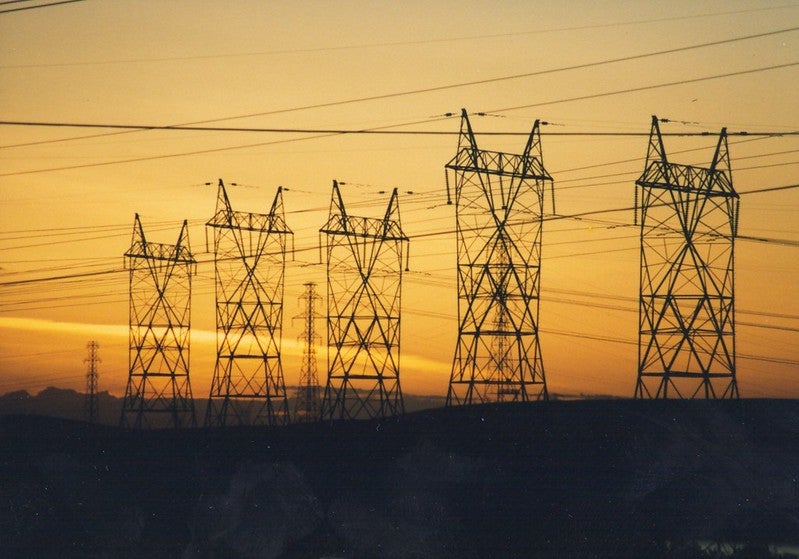Widespread expansion of zero-emission fleets requires proactive grid upgrades – New York can set the stage
Fleets across the country are going electric and utilities and regulators must be prepared for this essential transition. New York is currently taking on an ambitious medium- and heavy-duty electric vehicle proceeding to address barriers to charging infrastructure and has just conducted a series of technical workshops that brought together fleets, utilities and experts, including Environmental Defense Fund, to share their knowledge, recommendations and needs with the New York Public Service Commission.
Fleets are electrifying faster than utilities are able to get new charging infrastructure online, creating a disconnect between what fleets need and what utilities are able to provide. While the speed at which fleets are able to electrify is reliant on several factors, a lack of adequate electric grid charging infrastructure is often the largest barrier. With state climate and emissions targets rapidly approaching, it is essential that fleets are given a clear path towards electrification.
Proactive grid upgrades necessary for widespread expansion of zero-emissions fleets Share on XTo mitigate this problem, utilities must be given the authority to get ahead of fleet electrification and proactively upgrade the grid in anticipation of the load these new electric fleets will bring. While proactive expansion will require investments, it can be done without harming ratepayers and be beneficial to both fleets and utilities. Though this is an essential change that regulators and utilities must make, it won’t happen overnight. In the meantime, interim solutions are necessary for the state to reach its climate goals.
Fleet electrification is stymied by slow deployment of charging infrastructure
In many cases, grid upgrades for MHDEVs can take upwards of five to seven years, a lead time that is significantly too long given how quickly fleets are electrifying. Fleet electrification is accelerating, and for good reason. State policies are pushing for electrification and provide cost incentives to do so. New York is aiming for 100% MHDV sales to be zero-emission by 2045, and the Inflation Reduction Act has dedicated funds to speed up the development and manufacturing of electric vehicles. Often, fleets can procure vehicles and chargers in just a matter of months yet must wait on utility rate cases for years before their power needs can be met. Supplying the necessary power for fleet electrification will take large investments in power generation and grid capacity, both of which have a significant lead time to get online.
The current process for most utilities to bring new charging infrastructure online is not well-designed to address this disconnect in timing. It relies on forecasting methods that often don’t provide sufficient detail on where fleets are going to electrify, or specific requests from customers that many fleets aren’t prepared to submit far enough in advance for the grid upgrades to be finished by the time they’re needed. Utilities must proactively expand charging infrastructure and grid interconnectedness so that the grid is ready as fleets transition to fully zero-emission vehicles instead of waiting until fleets have charging needs.
Utilities must be able to proactively build
Utilities need the authority to proactively expand grid capacity and interconnectedness. That starts with regulators creating clear pathways for utilities to work on system upgrades even when the need does not align with current load. Regulators must also send clear signals to utilities that account for electrification goals so that they are able to accurately project and build for future capacity needs as more fleets seek electrification.
Proactive expansion will require significant investment, but that doesn’t have to mean harming ratepayers through increased rates. Accurate forecasting and planning, community engagement, diverse funding sources and new technologies will all help protect ratepayers and avoid burdening lower-income and other vulnerable communities by ensuring charging infrastructure will develop when and where utilities anticipate, minimizing the risk that utilities’ investments in their grid go unused. If done right, these system investments could actually pay for themselves. A recent study of two New York utilities showed that if utilities covered the cost of all distribution infrastructure needed to support MHDV electrification, other than the chargers and vehicles themselves, the additional revenue from fleet customers could match or outpace the cost of those investments.
In the meantime, interim solutions are needed to help bridge the gap between charging needs and grid capacity. Distributed energy resources, like on site solar and battery storage, can help fleets decrease charging costs and their demand on the grid. Additionally, policies that allow fleets to access excess capacity where it exists on the grid while system upgrades are ongoing can optimize grid capacity and alleviate delays. Managed charging, which incentivizes fleets to change how and when they charge, can mitigate the need for grid upgrades by tailoring charging to when the grid is most able to provide power. Tools like these can both fill in gaps in the near-term and minimize the cost of the long-term grid buildout.
New York is on the right path towards widespread fleet electrification and is already setting an example for other states. The need to clear the way for utilities to be able to proactively build is shared across the country, and New York is yet again in a place where it can lead the way in medium- and heavy-duty vehicle charging and electrification.











